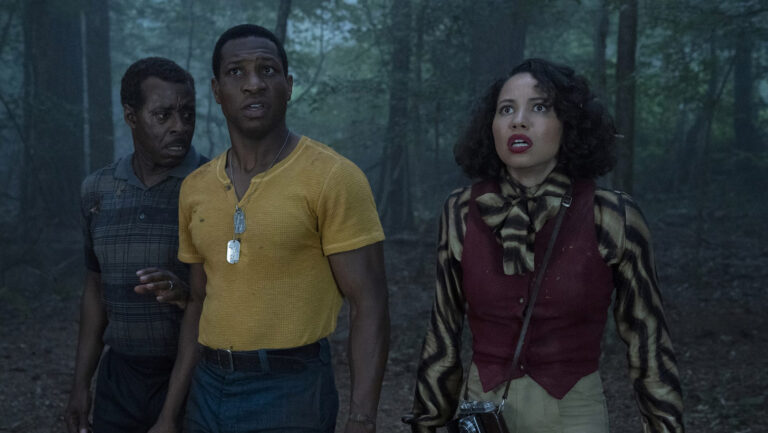Film Review: Newspapers Go To The Movies In Gripping Journalism Documentary Page One: Inside The New York Times
Behind-The-Scenes Doc Features All The News That’s Fit To Print


So ... just slightly bigger than the Alibi offices.

“LOL Cats: What are they

and why are they so popular?”


